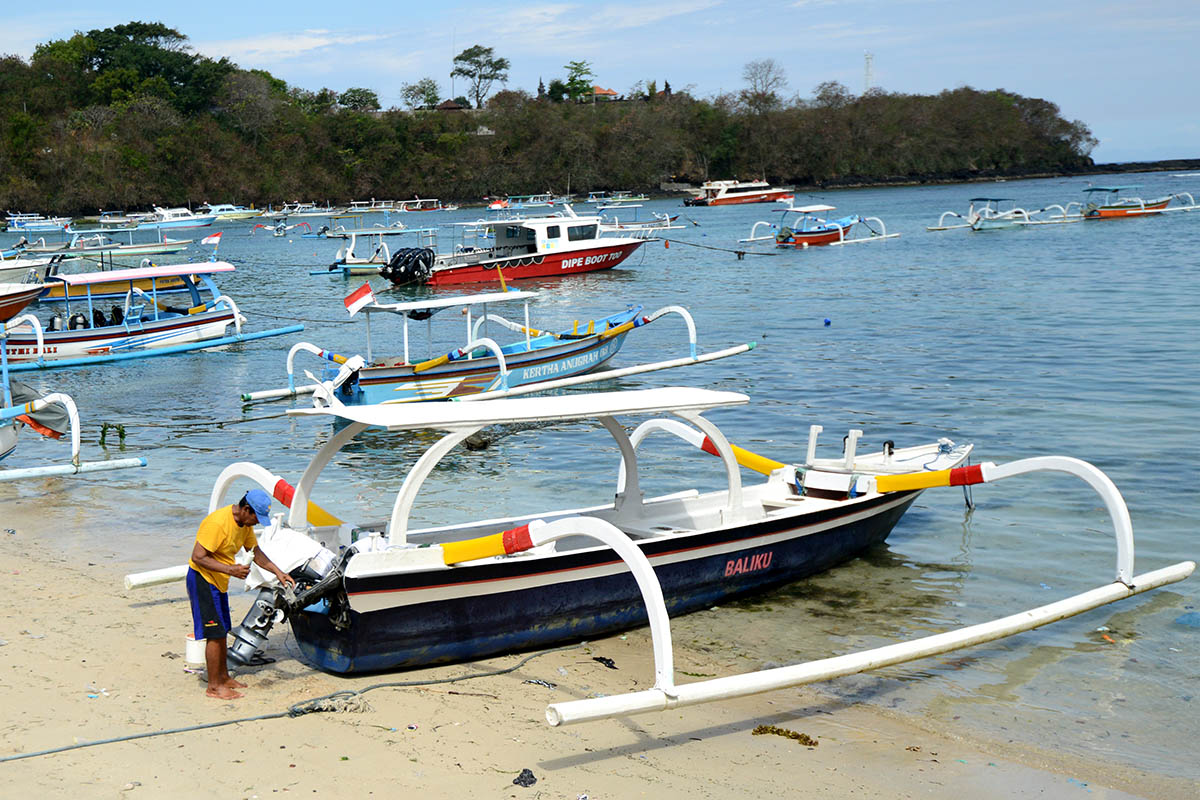As China’s burgeoning class of affluent travellers seek out more exotic destinations, Indonesia is cashing in.
China is on track to become the biggest tourist market for Indonesia for the first time this year, overtaking Singapore. That’s after a 46 percent surge in visitors from the world’s second-largest economy to 1.4 million in the first eight months of the year.
President Joko Widodo is banking on that kind of demand to help transform the tourism industry into an engine of growth for years to come. To do that, he wants to develop destinations beyond Bali, the so-called Island of the Gods, where tropical beach resorts, volcanoes and famed temples have long been the main drawcard for visitors to the nation.
“All over the world they are trying to catch the Chinese market,” Indonesia’s Tourism Minister Arief Yahya said in an interview in Jakarta. “For sure, the easiest way to increase the number of tourists is to target China.”
While Indonesia currently captures about one percent of the more than 120 million Chinese who travel abroad each year, Yahya is aiming to double that, targeting advertising in key locations in China. It’s a goldmine that’s set to bring in billions of dollars, he said, but will also need billions of dollars in investment.
As part of his sweeping vision for developing the vast Indonesian archipelago, a string of more then 17,000 islands, the president has laid out an ambitious infrastructure agenda, and a plan to make tourism a key part of the country’s future prosperity. He is under pressure to find new sources of growth for an economy that’s expanding about five percent, well short of the seven percent target he set when he came to office three years ago.
Jokowi, as the president is known, has vowed to double tourist numbers to 20 million a year by 2019, when his first term ends, and broaden out the destinations beyond Bali, which drew nearly four million visitors in the first eight months of this year, almost half of the nine million arrivals to Indonesia in the period.
To do that, Jokowi wants to build 10 new Balis – a strategy that includes developing infrastructure in Sumatra in the country’s west to North Maluku in the east.
For an economy that’s still heavily dependent on commodities, such as palm oil and coal, tourism is a way of broadening the government’s foreign-currency revenue sources.
Jokowi’s plan, according to Yahya, will see the contribution of tourism to the economy climb to 7.5 percent by 2019 from 4.5 percent last year. Tourism receipts are forecast to grow more than 60 percent to 20.7 billion dollars over the same period, with the number of jobs seen rising to 13 million from 11.8 million.
“We hope that tourism will become Indonesia’s largest source of foreign exchange contributions. I promised to Pak Jokowi and to Indonesia, I will make it happen,” Yahya said. “We believe for Indonesia, tourism and the creative industry can make this country a champion in the world.”
Even with that kind of growth, Indonesia is far behind neighbouring countries in developing tourism and targeting Chinese visitors. Thailand’s industry makes up about 18 percent of gross domestic product, with the country’s famed beaches and nightlife attracting 26 million foreign visitors so far this year, 28 percent of them coming from China. Indonesia also trails Singapore and Malaysia in number of tourists.
The government will need to find ways to get Chinese visitors to spend more. Travellers from the Middle East drop an average of 1,700 dollars per visit and Australians spend 1,500 dollars, compared to 1,100 dollars by Chinese tourists. Yahya said he wants to target more wealthier Chinese and “grab the middle and upper market” as well as lure more business from India.
Funding Jokowi’s 10 New Balis plan will be a big challenge. Yahya estimates the industry needs 20 billion dollars of investment over five years, of which about 10 billion dollars will come from the government. Given its vast infrastructure needs in everything from ports to roads, and a budget deficit cap of three percent of GDP, authorities are seeking more private-sector funds.
“We need much more investment in infrastructure,” said Anak Agung Gede Yuniartha Putra, Bali’s tourism office chief. “To be successful in tourism, infrastructure is very important, especially for accessibility. When we open a new destination and there is good accessibility, either by air or sea, the number of visitors will grow very fast.” – Bloomberg
